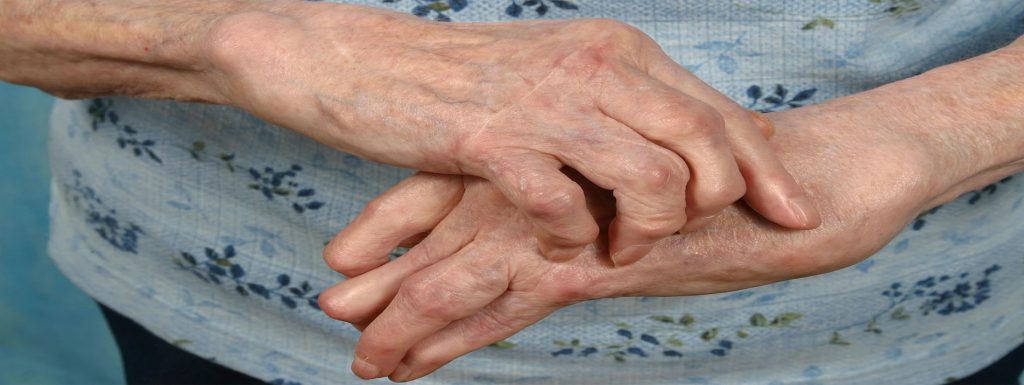Hand arthritis, particularly osteoarthritis, is a common condition affecting the flexibility and functionality of the hands, largely due to their intricate structure and heavy usage. Our hands, consisting of numerous joints and being primarily made up of cartilage, are inherently flexible, allowing for a wide range of movements.
However, this flexibility also renders them susceptible to wear and tear, particularly in the form of osteoarthritis.
What is Hand Osteoarthritis?
Osteoarthritis in the hands is a degenerative joint condition where the cartilage that cushions the bones wears down. This leads to bones rubbing directly against each other during movement, causing pain and restricted motion. It commonly affects specific parts of the hand: the base of the thumb, the joints near the fingertips, and the middle joints of the fingers.

Spotting the Early Signs of Hand Arthritis
Early detection of arthritis in the hands can be crucial in managing its progression. Signs to look out for include:
Crepitus: The grinding, cracking, or clicking sensations in the joints due to diminished cartilage.
Formation of Nodules: Known as Bouchard’s or Heberden’s nodes, these are bony growths that develop, leading to bulging fingers and knuckles.
Pain and Stiffness: Common in the wrist, thumb, and knuckles, these symptoms can significantly impact hand function.
Weakness in the Hands: Difficulty in performing tasks that require grip strength, such as opening jars
Diagnosing Hand Arthritis
A healthcare professional may conduct a physical examination of the hands, complemented by imaging tests like X-rays or bone scans, which can sometimes detect arthritis more effectively than other methods.
Managing Hand Arthritis Pain and Discomfort
While there is no cure for osteoarthritis in the hands, its symptoms can be managed effectively:
Targeted Hand Exercises: Consulting with a physiotherapist or hand therapist for specialized exercises can strengthen and condition the joints.
Applying Hot and Cold Compresses: These can relax the affected area and promote blood flow to the arthritic joints.
Dietary Changes: Incorporating anti-inflammatory foods like dark-colored fruits (grapes, apples, berries, citrus) and vegetables (broccoli, leafy greens) can help manage symptoms.
Medication and Injections: Pain relief and anti-inflammatory medications, including certain injectable drugs, can provide relief from joint inflammation.
Conclusion
Living with hand arthritis doesn’t mean enduring constant pain. With the right management strategies, including lifestyle adjustments and professional guidance, you can maintain an active, pain-reduced lifestyle. Contact Atrium Physiotherapy to explore personalized management plans for your hand arthritis.







